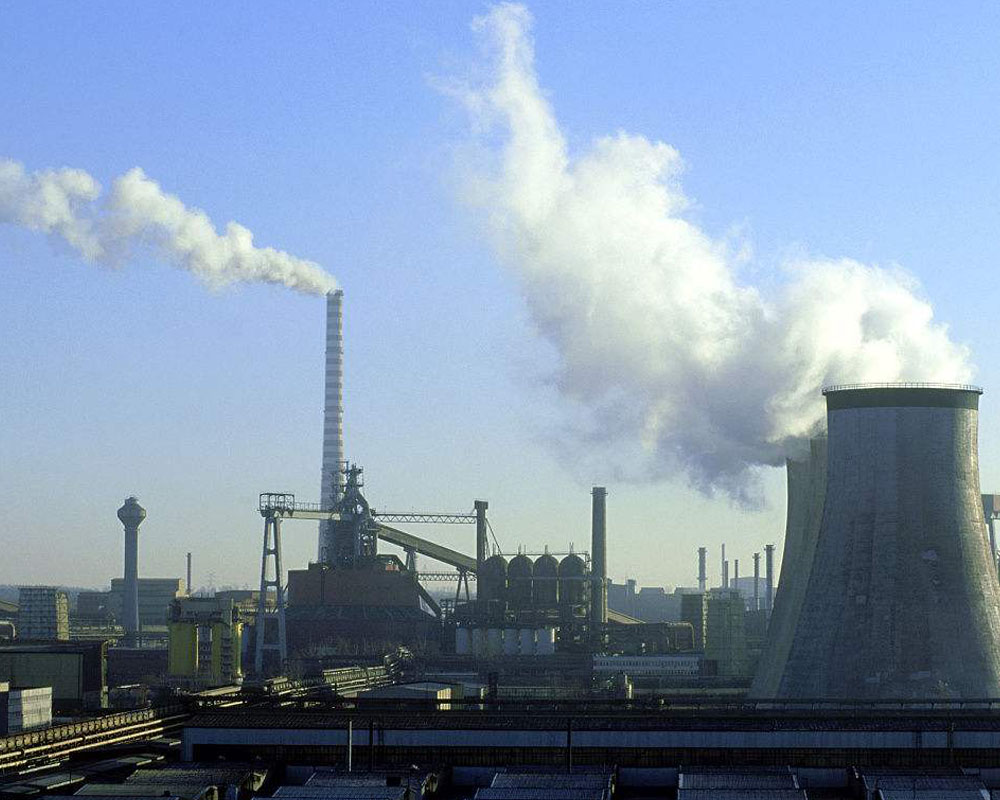Chinese steel companies have boosted their profits in the three months ending September, which signals that these state-owned firms' cost-cutting efforts are working.

Some 13 out of 15 companies, which released their earnings reports, logged increases in profits over the third quarter. Other 8 out of 23 firms had not published their financial reports yet but expected gains.
In the past years, Beijing has embarked on a deleveraging journey against the inefficiency and environmental hazards within the country's steelmakers, urging them to streamline operations to cut excess capacity and restrict production during the peak smog months of winter.
This means that cross-regional and cross-ownership barriers are gradually moving aside. Beijing's Shougang Group has already restructured other state-owned firms such as Changgang Group in northwestern Shanxi province, Shuicheng Iron & Steel Group and Guiyang Iron & Steel Group in southwestern Guizhou province, Tonghua Iron & Steel Group in northeastern Jilin province. It has also reorganized privately-owned companies such as Jianlong Steel based in northern Heibei province, and Haixin Iron and Steel Group in Shanxi province.
Baosteel Group has restructured local state-owned enterprises Bayi Iron & Steel, Shaogang Iron & Steel Group, and Chongqing Iron & Steel Company. Privately-owned Jincheng Shazhou reshuffled state-owned Northeast Special Steel Group. The scope of the shake-up also crosses the boundaries of different sectors as state-owned food processing company China National Cereals, Oils and Foodstuffs restructured Zhong Yuan Special Steel.
Industry players have set up many buyout funds to improve the efficiency of steelmakers. Baowu Steel Group, Ansteel Group, Magang Group and China Orient Asset Management set up a joint venture called Huabao Metallurgical Assets Management in September to support consolidation.
Buyout funds integrate and expand steel firms' upper and downstream industrial chains, which will accelerate the upgrade in China’s steel sector, said Wang Guoqing, a director of Lange Steel Information Research Center.
In addition to corporations, also regions that are home to steel firms are rethinking the emission-heavy industry in their backyards. China's 'Rust Belt' region Hebei will reduce the number of such firms to about 60 by 2020, and the top 15 will take up 90 percent of the aggregate production capacity, the region's working plan that was released in July shows.
Eastern Jiangsu province is also hoping to concentrate the industry players to a more manageable bunch of four top dogs with over 80 percent of the overall production capacity. It also expects that the market should later be controlled by a group of eight firms.
Amid the tighter overhaul and escalating trade tensions with the US, domestic steel prices have kept on rising. In order to cope with steel firms' high debt ratios, more mergers and acquisitions are likely to follow, which will accelerate the sector-wide upgrade.